Try the unique linen products of the Hmong people in Lung Tam Village
(VNF) - Nestled under the foot of hills in Quan Ba District in Ha Giang Province, Lung Tam Village attracts many travelers from near and far owing to its astonishing landscape and serenity and Mong ethnic minority women in colorful attire.
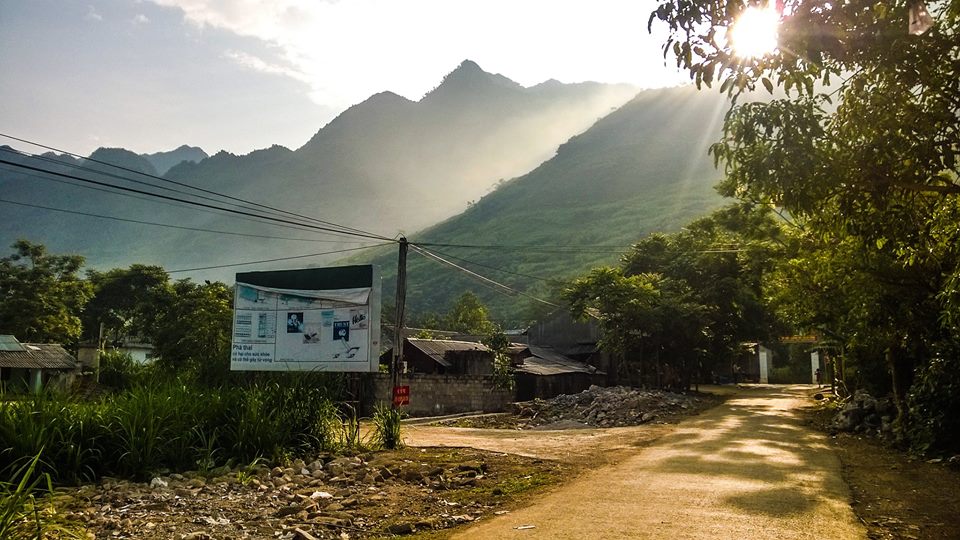
400km and 12 hours of travelling via different vehicles from Hanoi to Lung Tam, Ha Giang Province. (Photo credit: Hiep Nguyen)
The art of making linen fabric has been passing from generations to generations in Lung Tam. Everyday, the village is filled with their humming song, about the Hmong man who was born to blow "khen" (their traditional musical instrument), and the Hmong women who was born to weave the threads.
Linen is not only durable but also a health friendly product because it does not get mouldy, high absorb ability, and always create the fresh airy for the wearers.
Myth has it, the linen fabric when well made, can be durable for hundred years.
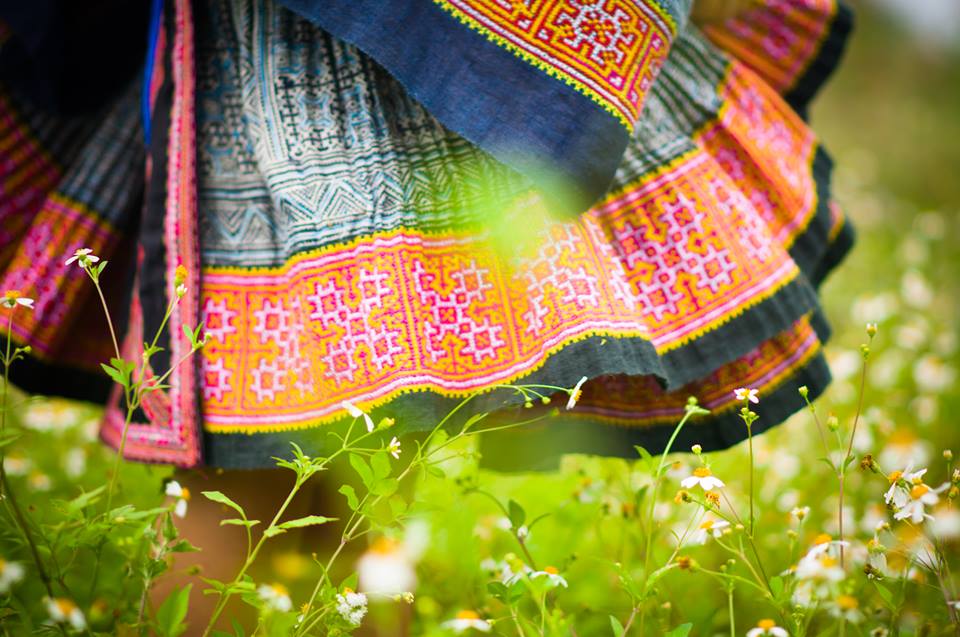
The Hmong's traditional dress - made in Lung Tam Cooperative. (Photo credit: Nguyen Thu Trang)
It takes some 41 steps to weave a piece of cloth. In brief, people have to dry the flax, take out the fiber, crush and boil it in ash and wax water before threading yarn on a loom. A finished cloth needs to be washed for about ten times and rubbed with beeswax until it becomes smooth and silky.
Lung Tam hemp products are unique for many features such as natural material of hemp trees; no chemical dying; cool, soft fiber; iconic exquisite motifs of decoration representing ethnic H’Mong culture in the highlands; natural materials to produce colours. Traditional weaving technology by looms aslo makes hemp products of Lung Tam appealing.
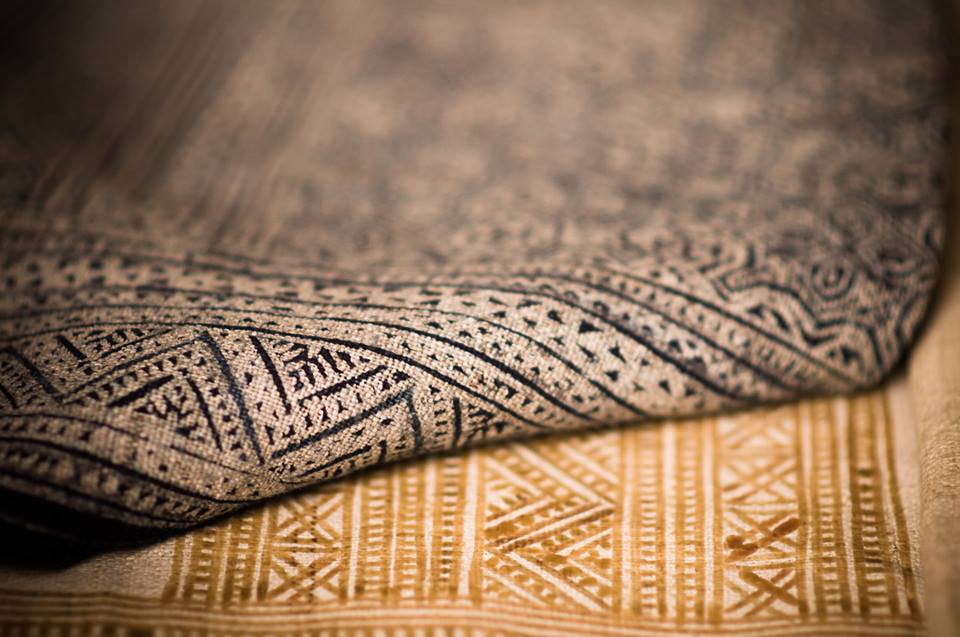
The art of Batik drawing of Hmong people represents the connection between people and their living environment. (Photo credit: Nguyen Thu Trang)
According to Hmong conception, groom and bride must wear linen clothes woven by the bride on their wedding day. The weaving here shows the skillfulness and hard-working – one of the criteria to evaluate the talent, virtue and living way of a woman. Moreover, when a Hmong man passes away, he (she) must be dressed in linen clothes, this allows him (her) to reunite with ancestors.
The brocade craft tradition at Lung Tam Village used to be on the verge of extinction when the mass production of clothes with much cheaper prices from China flooded the local market. But it has been restored since 2001 by Ms. Vang Thi Mai, founder and head of Lung Tam Handmade Linen Fabric & Textile Cooperative.
The cooperative started from a small group with only 3 members in 1998. At present, the cooperative has 130 traditional looms, creating jobs for 135 people, both villagers and others in the vicinity. All its nine production groups are based in Lung Tam, with every household getting involved in one stage or other of the production process.
The cooperative now can persify their brocade products and make not only dresses but also shirts, skirts, iPad and pillow covers and tablecloth.
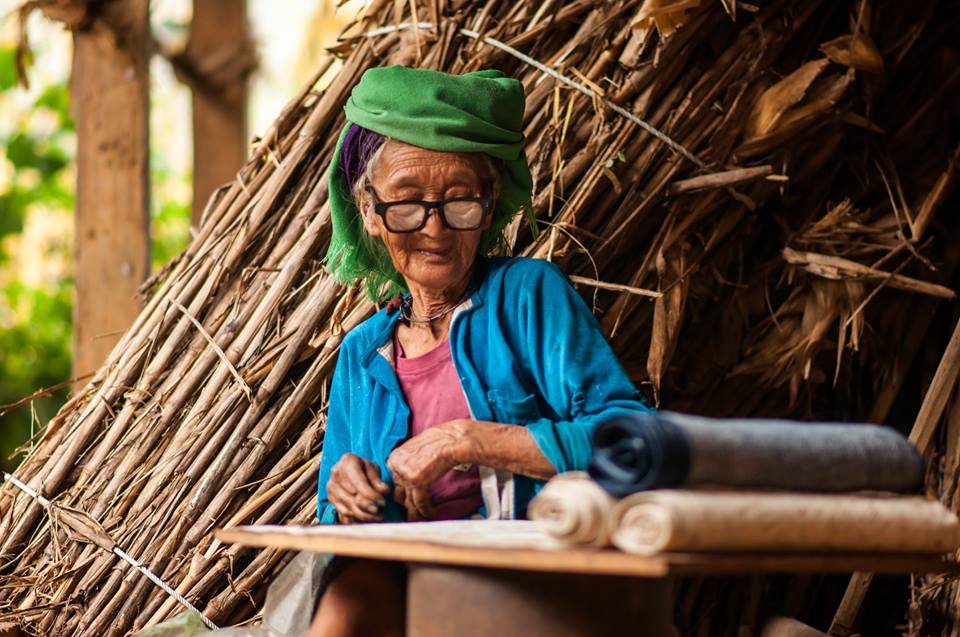
Madame Sung Thi Co, eldest Batik Artisan in town. Her left hand was at disadvantaged after a major sickness when she was 11, but it does not stop her from drawing beautiful and delicated textile on the natural made linen fabric. (Photo credit: Nguyen Thu Trang)
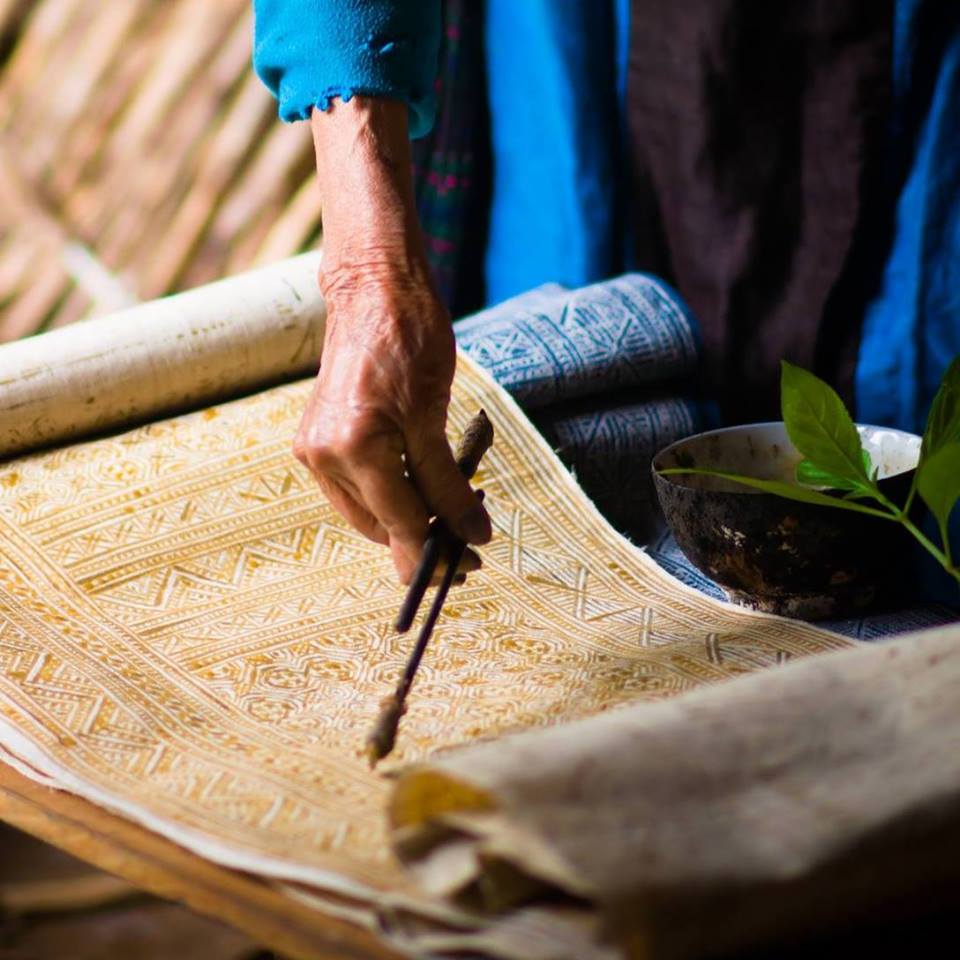
The hand of the batik Artisan in Lung Tam Cooperative. (Photo credit: Nguyen Thu Trang)
According to Mrs. Vu (aged 71), a 26-year-member of the cooperative, she spends 8 - 10 hours every day weaving linen fabric. The most difficult one, according to the artisans, is putting hundreds of linen threads onto the machine, which requires lots of accuracy and workmanship.
Mrs. Giang Ta May, aged 71, is also an artisan of Lung Tam Linen fabric co-operative. She is among the very few elderly that can speak Kinh language fluently. Almost every day, she wakes up at 5 in the morning to go climbing up the mountains and do some grass-cutting to feed the cattle, since she doesn’t possess as many lawns and fields as other people do.
Action for Lung Tam (AFLT) is an independent community project with 11 members from 5 different countries, which aims for enabling of women empowerment and sustainable development of Lung Tam handmade linen fabric and textile cooperative.
AFLT expects that they will provide facilities and skills support to 400 local women and more than 200 girls in neighboring villages by 2020.
A fundraising event, held by AFLT on July 1st, had been successfully raised VND 9.05 million (USD 398.2) and helped organizing the second trip to Lung Tam Cooperative for project members learning about the local community, listening to every opinions and setting the basement for a sustainable project./.
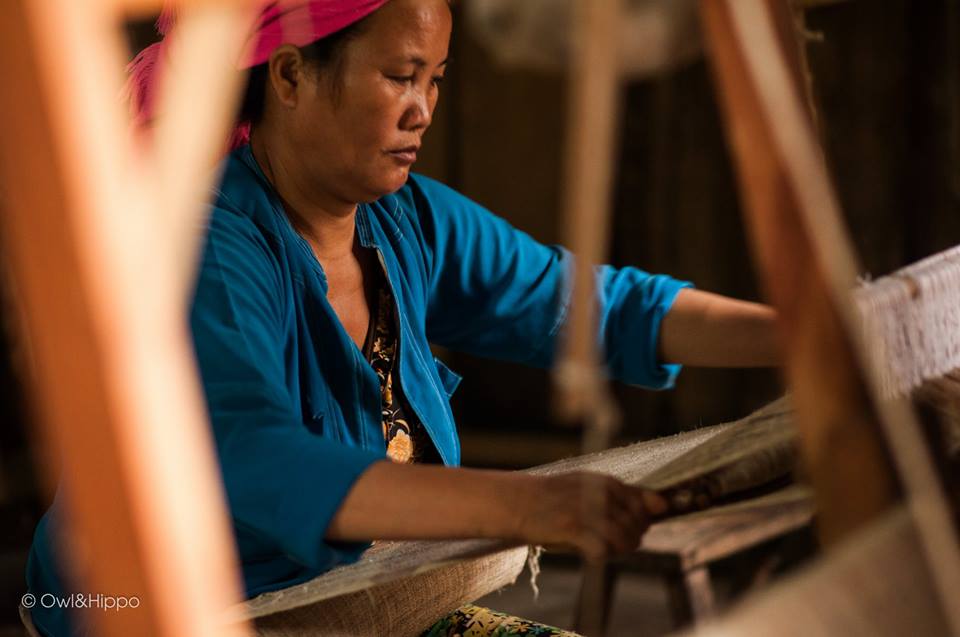
A woman weaving linen fabric at the Lung Tam Cooperative. (Photo Credit: Owl&Hippo)
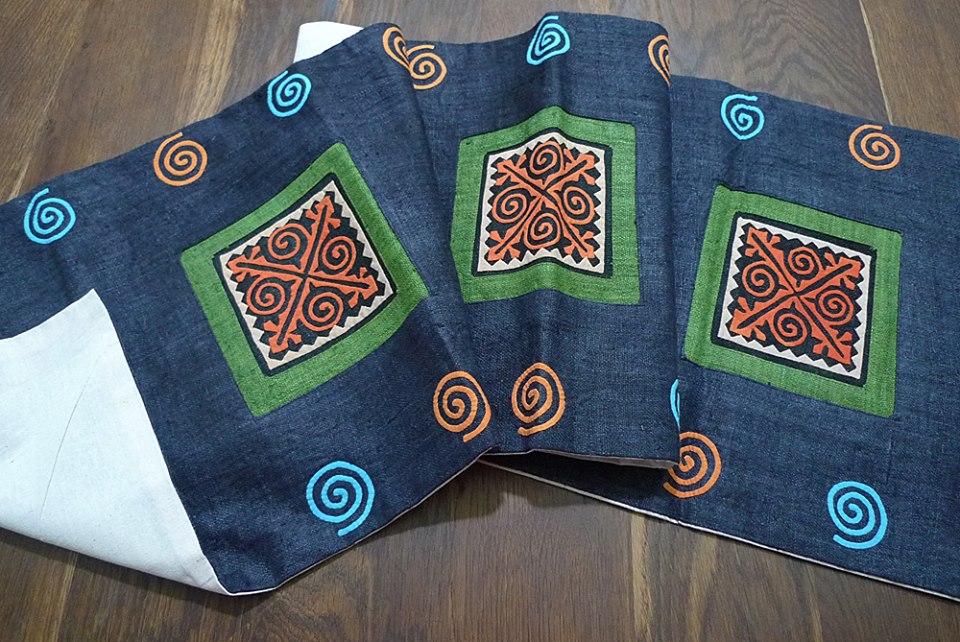
Products by Lung Tam Cooperative. (Photo Credit: Hiep Nguyen)
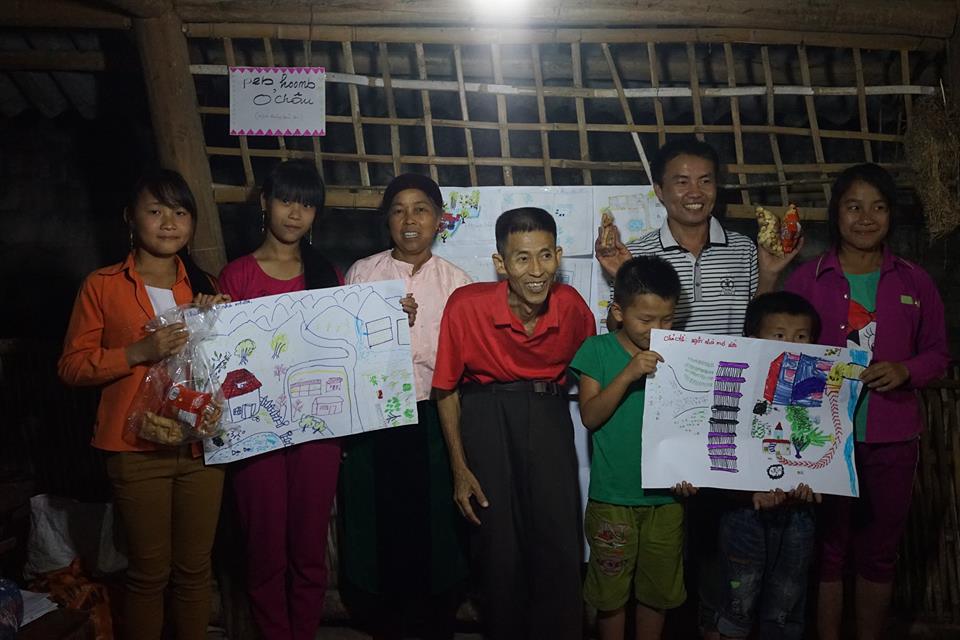 |
Project members assist local people to draw their ideas about a new community house in the AFLT's first trip to Lung Tam. (Photo: Action for Lung Tam)
Chau Pham
Recommended
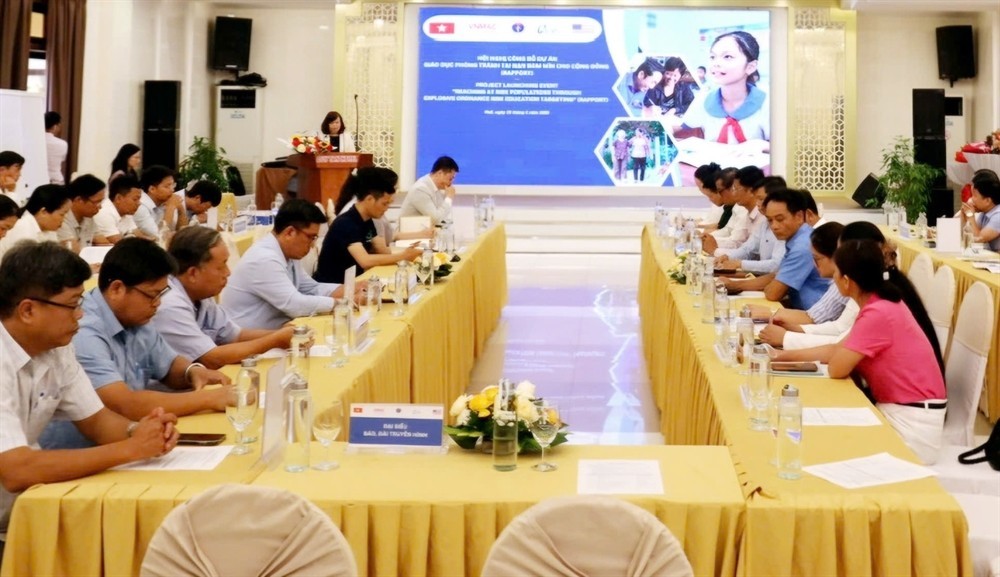 Viet's Home
Viet's Home
Hue City to Raise Awareness on Mine Accident Prevention
 Focus
Focus
Vietnam Leaves Imprints on the World Peacekeeping Map
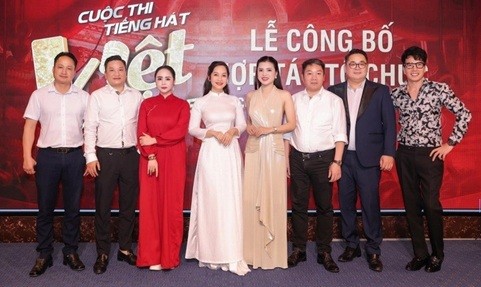 Viet's Home
Viet's Home
“Global Vietnamese Singing 2025” - Connecting Hearts Longing for Homeland
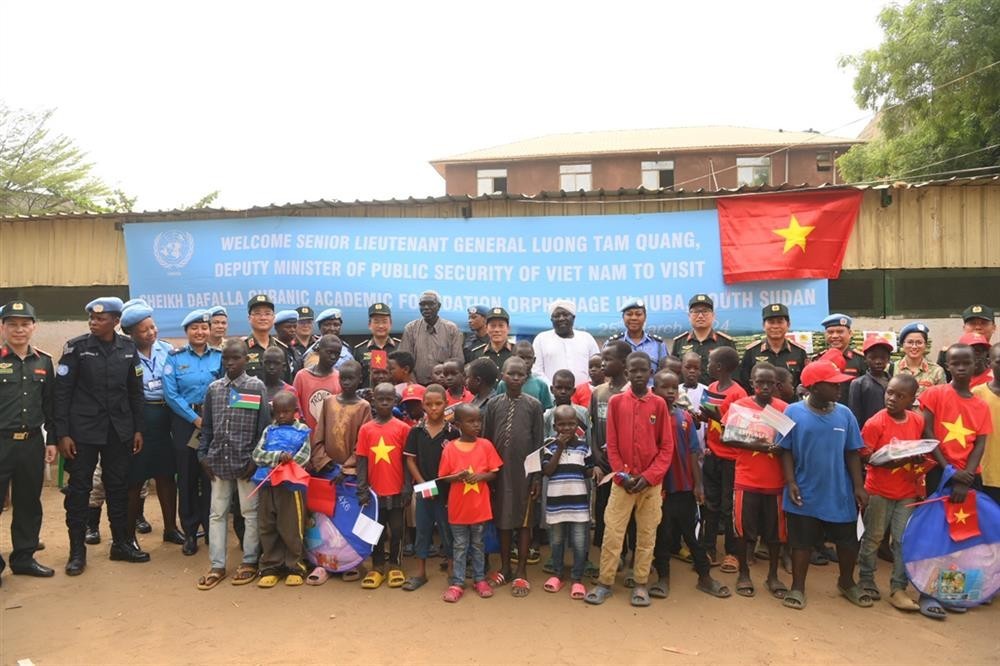 Viet's Home
Viet's Home
Vietnam’s People's Public Security Force Actively Contributes to UN Peacekeeping Operations
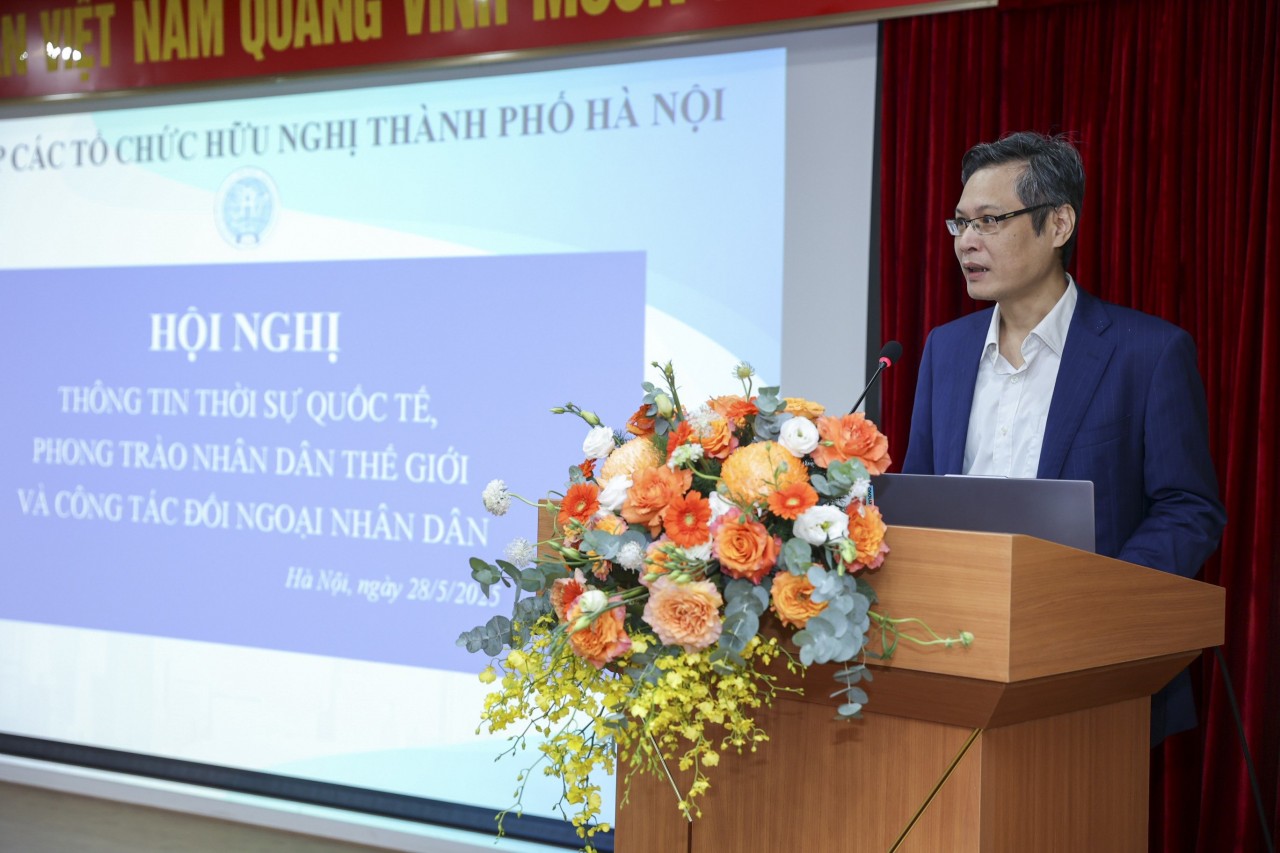 Viet's Home
Viet's Home
HAUFO Enhances Competence of People-to-People Diplomacy Personnel
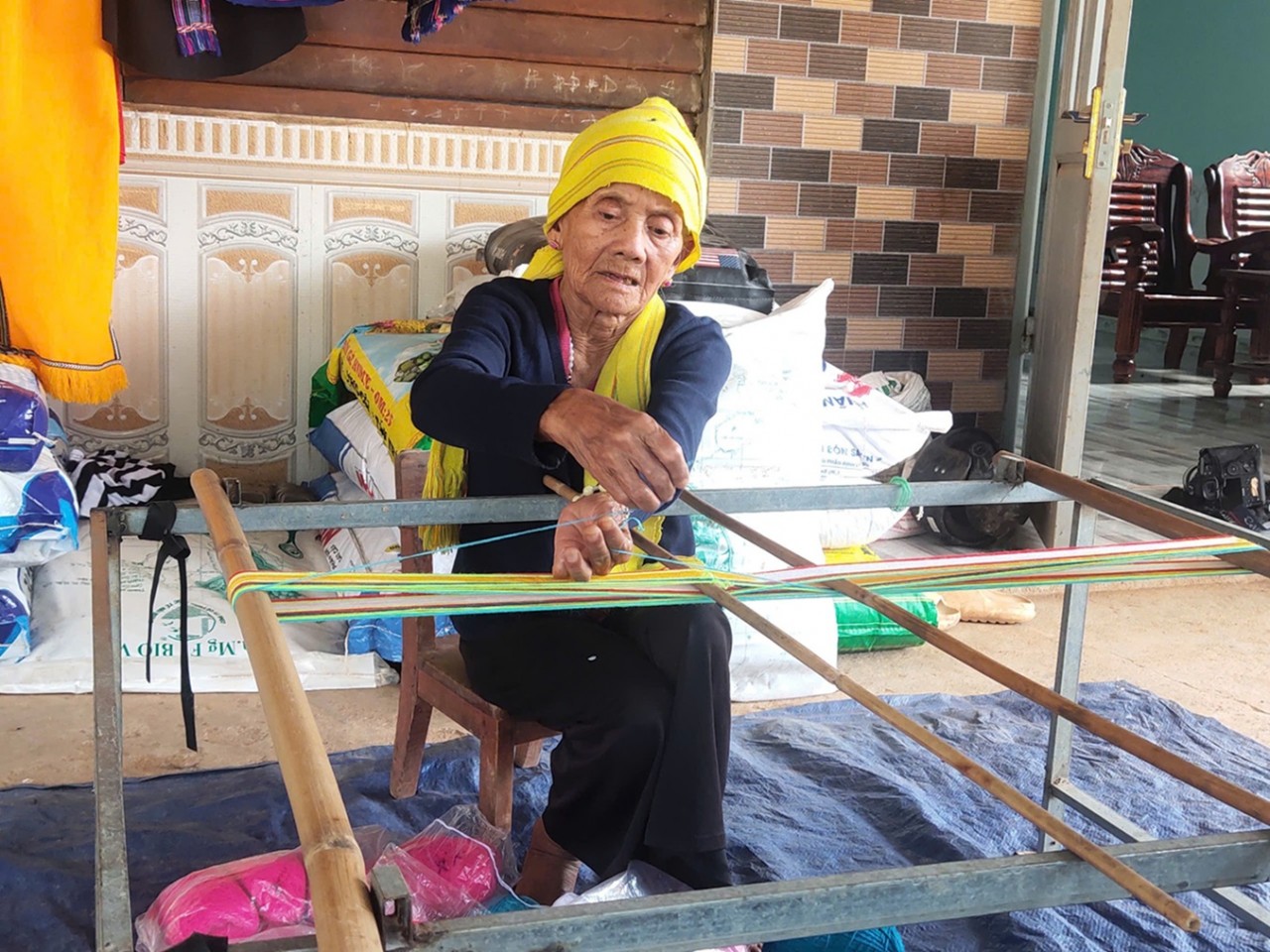 Viet's Home
Viet's Home
Hands that Reserve Da Long Brocade Craft
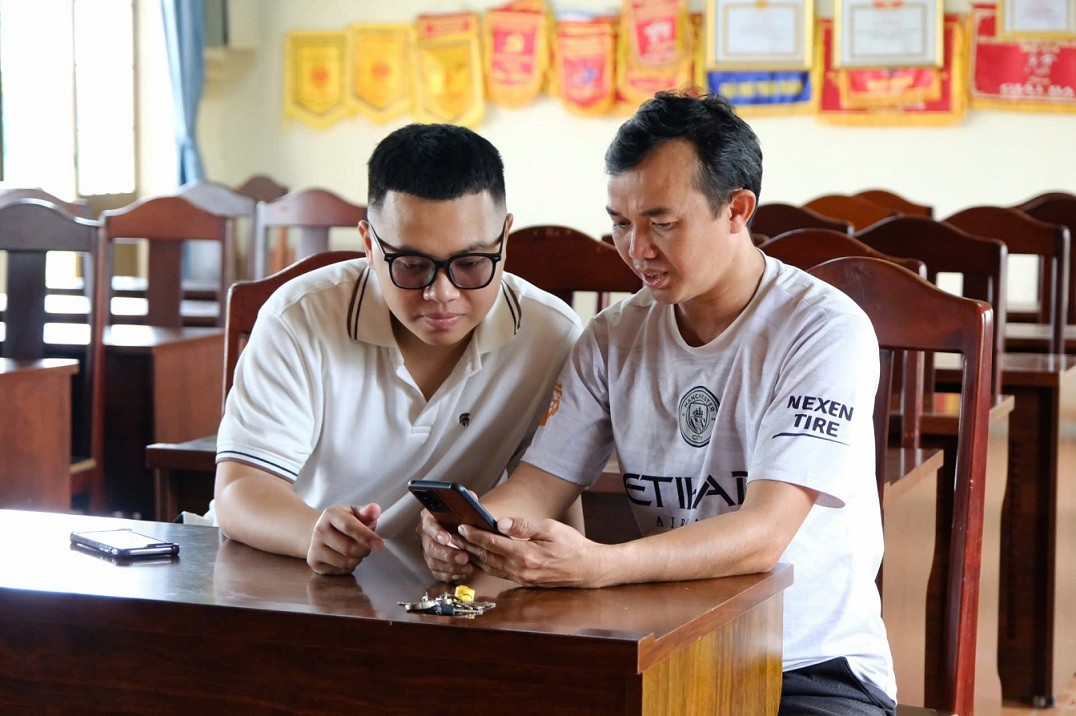 Viet's Home
Viet's Home
Da Rsal – How Digital Transformation Reshape a Poor Commune
 Viet's Home
Viet's Home
